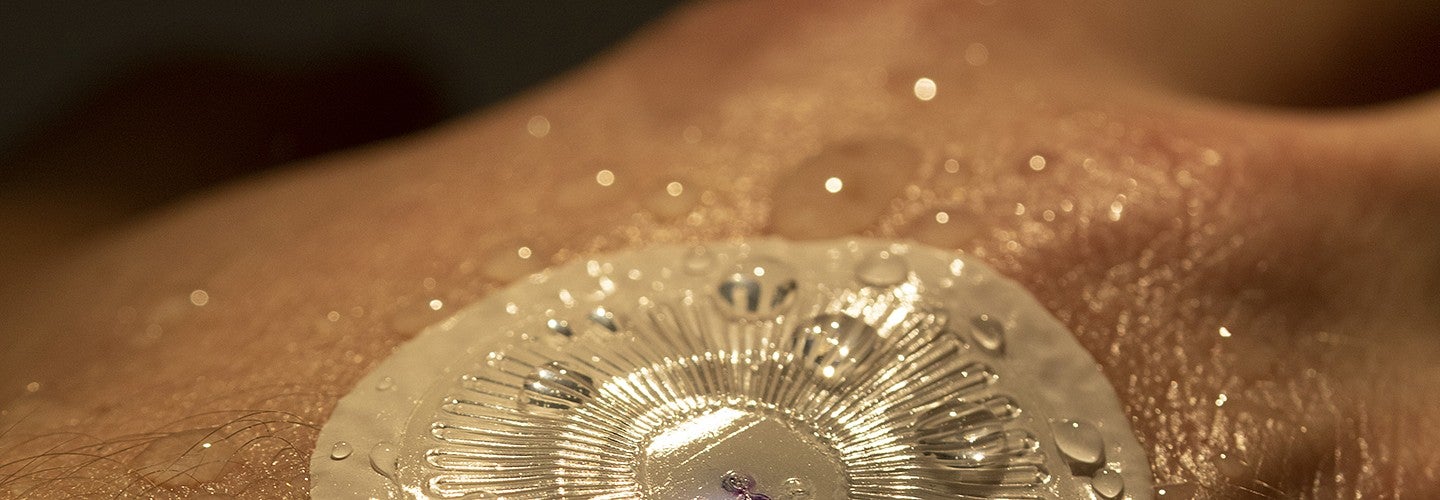
Research Focus | Medical Sensors and Devices
We are pushing the envelope of medical sensors and devices to change the ways we study and treat diseases and injuries. Instead of incremental improvements on current technologies, we are focusing on revolutionary approaches that will result in new treatment modalities and groundbreaking medical research. The Knight Campus and the University of Oregon have multiple research clusters that focus on the development and implementation of implantable and wearable devices, materials, data science, etc. to meet today's and future medical needs.
Major problems we are trying to solve:
- Medical technologies for personalized medicine: With the belief that every person is unique and each patient responds to his/her medical treatments differently, we are developing sensors, electronic devices, materials, and predictive models to tailor the therapy so it is specific to the individual’s conditions for optimal outcomes and safety.
- Innovation in medical research: By incorporating innovations from other fields, we are making devices that promote new medical research and studies. For example, we are currently developing a number of sensor technologies for real-time measurements of physical parameters at bones and muscles to study the treatment effectiveness of various orthopedic injuries and diseases.
- Medical manufacturing technologies: New manufacturing technologies are being developed to make medical treatments safer and more effective. Examples include the use of 3D printing technology to build custom implants for patients, and a new sensor that can monitor the quality of cells during the manufacturing process.
Participating Research Groups
- Theranostic orthopedic devices for accelerating bone and tissue regeneration (Ong, Guldberg, Hettiaratchi).
- The use of sensors and data science to predict the success and patient’s responsiveness to a therapy (Guldberg).
- Medical sensors to guide treatment regimen for orthopedic injuries (Ong, Guldberg, Hahn).
- New manufacturing techniques to produce patient-tailored devices (Gardner, Dalton, Guldberg, Lindberg, Ong).
- Wearable sensors for tracking human physiological conditions (Ong).
- Biosensors and molecular probes (Ong, Johnson, Pluth, Jasti, Haley).
- Biomedical imaging (Keller).
- Knight Campus Graduate Internship Program Molecular Sensor track.
Bioengineering Program Faculty — Medical Sensors and Devices
EXPLORE OUR BIOENGINEERING RESEARCH GROUPS
UO Collaborators
Brian Dalton
Department of Physiology
Visit the Dalton Lab
Mike Hahn
Department of Physiology
Visit the Hahn Lab
Michael Haley
Department of Physiology
Visit the Haley Lab
Ramesh Jasti
Department of Chemistry and Biochemistry
Visit the Jasti Lab
Darren Johnson
Department of Chemistry and Biochemistry
Visit the Johnson Lab
Mike Pluth
Department of Chemistry and Biochemistry
Visit the Pluth Lab
